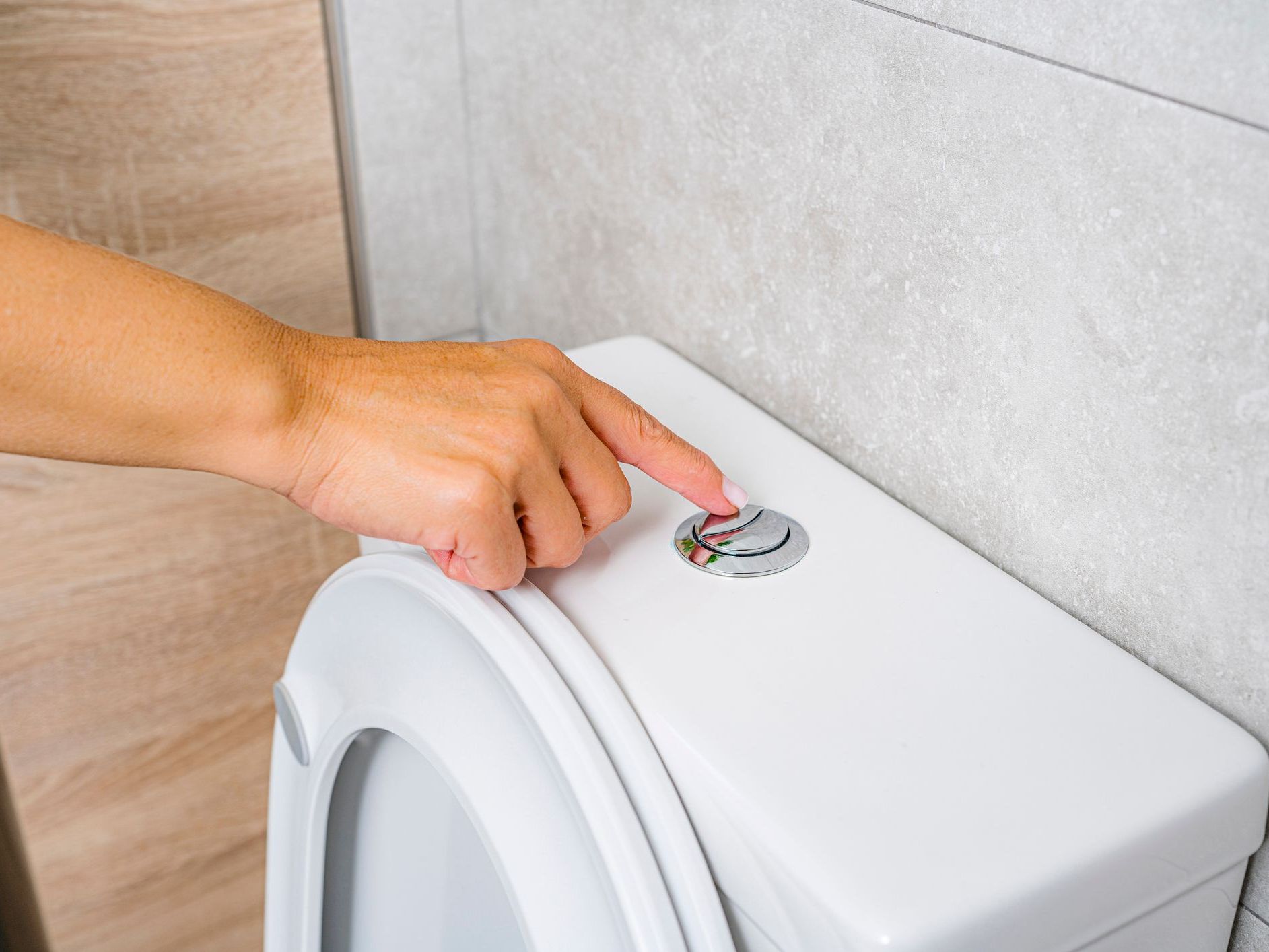Automatic toilet bowl cleaner: Safe to use?

The Bottom Line
Automatic toilet bowl cleaners contain anionic and nonionic detergents which cause stomachache, vomiting, and diarrhea if ingested. Regular toilet bowl cleaners are more toxic, since the ingredients can cause burns of the digestive tract, skin, and eyes. Combining bleach with toilet bowl cleaners will form toxic fumes that cause respiratory symptoms and skin and eye irritation.

What is automatic toilet bowl cleaner?
Automatic toilet bowl cleaner helps the toilet remain clean and fresh as well as prevent rings and stains. It is available as tablets, gel, or liquid. Products hang on the inside of the toilet or are placed into the tank and distribute cleaning solution into the toilet bowl when you flush.Is automatic toilet bowl cleaner toxic to ingest?
Automatic toilet bowl cleaners usually contain anionic and nonionic detergents as well as low concentrations (usually < 1%) of dyes, fragrances, chelating agents, anti-foam agents, and preservatives. Anionic and non-ionic detergents are irritants so ingesting them can cause a stomachache, vomiting, and diarrhea. Serious toxicity is very unlikely.
Automatic toilet bowl cleaner vs. regular toilet bowl cleaner
Regular toilet bowl cleaners contain more toxic chemicals, usually acid (such as hydrochloric acid or phosphoric acid) or alkaline (such as ammonia) corrosives. Some contain bleach (sodium hypochlorite).
If you swallow a regular toilet bowl cleaner, you are more likely to experience more serious irritation and possibly burns of the mouth, throat, esophagus, and stomach. Similarly, if you get a regular toilet bowl cleaner on your skin, you can develop burns ranging from redness and pain to full thickness (3rd degree) burns. In the eyes, these products can cause burns of the cornea and conjunctiva.
Combining toilet bowl cleaner and bleach
Do not combine toilet bowl cleaner and bleach. If the toilet bowl cleaner contains ammonia, adding bleach will result in the formation of chloramine gas. If you add bleach to an acid containing toilet bowl cleaner, chlorine gas is formed. Both are highly soluble gases that are absorbed by the respiratory tract. The onset of symptoms is rapid and may include runny nose, sore throat, cough, wheezing, shortness of breath, bronchitis, airway obstruction, and chemical pneumonitis. Other side effects might include conjunctivitis, skin redness, and burns.
Is automatic toilet bowl cleaner toxic to the eyes and skin?
If you get the automatic toilet bowl cleaner in your eyes or skin, it can cause irritation but no permanent damage (regular toilet bowl cleaners can cause very serious eye injury). If you have an eye or skin exposure directly from the container, you are more likely to experience irritation than if its diluted by toilet water. In either situation, wash your skin with soap and water and rinse your eyes with water for 10-15 minutes.
Have more questions about automatic toilet bowl cleaner?
If you have any more questions about the safety and toxicity of automatic toilet bowl cleaners or regular toilet bowl cleaners, help from experts is available through the webPOISONCONTROL online tool and by phone at 1-800-222-1222. Poison Control’s expert guidance is always free, confidential, and available 24 hours a day.
Wendy Klein-Schwartz, Pharm.D., MPH
Clinical Toxicologist
Poisoned?
Call 1-800-222-1222 or
Prevention Tips
- Keep all types of toilet bowl cleaners up, away, and out of sight of children.
- Keep the toilet lid closed so minimize children accessing toilet water.
- Avoid direct contact with eyes and skin.
- Keep hands away from mouth and eyes after handling these products.
- When handling, it’s best to wear gloves.
- Wash hands after handling.
- Do not breathe fumes.
- Do not mix bleach with toilet bowl cleaner or with urine to avoid forming toxic gas.
- If you are using a brush to clean the toilet bowl, avoid splashing water not skin or in eyes.
This Really Happened
A 2-year-old girl used a bath toy to scoop some water out of the toilet that had a hanging automatic toilet bowl cleaner which turns the toilet water blue when flushed. She swallowed 1 to 2 mouthfuls. The father immediately rinsed out the child’s mouth and gave her some water to drink. He called Poison Control to check if he should expect any symptoms. Poison Control told him this product contains anionic detergents which are not very toxic, especially since it was diluted with toilet water. He was told that vomiting and diarrhea are possible but unlikely. No follow-up was needed, but he was told to call back if he had any further questions.References
Yin S. Chemical and common burns in children. Clin Pediatr (Phila). 2017;56(5_suppl):8S-12S. doi: 10.1177/0009922817706975.Poisoned?
Call 1-800-222-1222 or
Prevention Tips
- Keep all types of toilet bowl cleaners up, away, and out of sight of children.
- Keep the toilet lid closed so minimize children accessing toilet water.
- Avoid direct contact with eyes and skin.
- Keep hands away from mouth and eyes after handling these products.
- When handling, it’s best to wear gloves.
- Wash hands after handling.
- Do not breathe fumes.
- Do not mix bleach with toilet bowl cleaner or with urine to avoid forming toxic gas.
- If you are using a brush to clean the toilet bowl, avoid splashing water not skin or in eyes.
